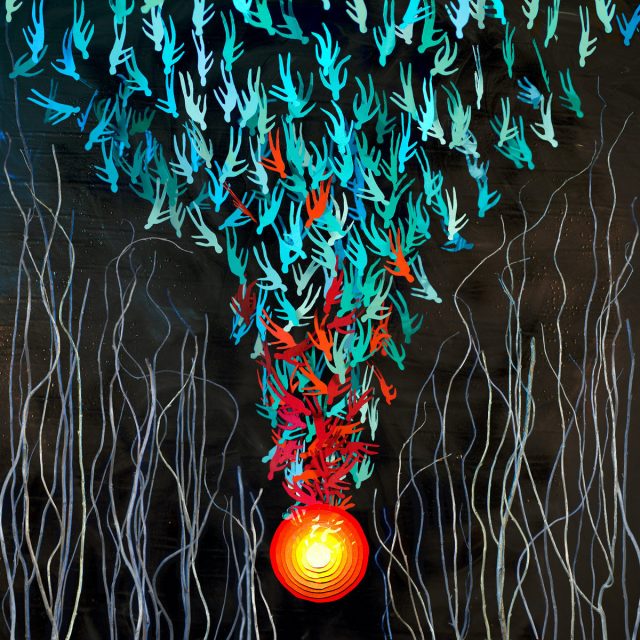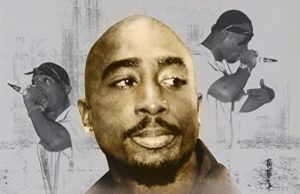There’s no point in coming back in a small way.
So, for their first Bright Eyes album in nearly a decade, the beloved Omaha indie trio of Conor Oberst, Mike Mogis and Nate Walcott take it to the next level — in every sense imaginable — with a boldly ambitious, grandly executed effort that’s stuffed to the gills with lush orchestrations, skewed electronics, trippy production, sound effects, spoken-word portions, guest spots (including Flea on standup bass) and other sonic landscaping. Thankfully, the clear-eyed intimacy and piercing intensity of Oberst’s arty folk-rock songcraft — and his signature vocal shivers — never get overshadowed or lost in the shuffle. Rather, they remain the constant, familiar touchstone that bridges Bright Eyes’ past and present — and hopefully blaze a trail to their future. Getting lost in the weeds has never been such an attractive and satisfying prospect.
THE PRESS RELEASE: “A lone pair of footsteps meanders down a street in Omaha, into the neighborhood bar and then into a near-imperceptible tangle of conversations — about wars, sleepless nights — a surrealist din pushing against the sound of ragtime. Then, as the background quiets, a line rings out clearly: “I think about how much people need — what they need right now is to feel like there’s something to look forward to. We have to hold on. We have to hold on.” Thus we enter the fitting, cacophonic introduction to Bright Eyes’ 10th studio album and first release since 2011. Down in the Weeds, Where the World Once Was is an enormous record caught in the profound in-between of grief and clarity — one arm wrestling its demons, the other gripping the hand of love, in spite of it. The end of Bright Eyes’ unofficial hiatus came naturally. Conor Oberst pitched the idea of getting the band back together during a 2017 Christmas party at Bright Eyes bandmate Nathaniel Walcott’s Los Angeles home. The two huddled in the bathroom and called Mike Mogis, who was Christmas shopping at an Omaha mall. Mogis immediately said yes. There was no specific catalyst for the trio, aside from finding comfort amidst a decade of brutal change. Sure, Why now? is the question, but for a project whose friendship is at the core, it was simply Why not? The resulting Bright Eyes album came together unlike any other of its predecessors. Down in the Weeds is Bright Eyes’ most collaborative, stemming from only one demo and written in stints in Omaha and in bits and pieces in Walcott’s Los Angeles home. Radically altering a writing process 25 years into a project seems daunting, but Oberst said there was no trepidation: “Our history and our friendship, and my trust level with them, is so complete and deep. And I wanted it to feel as much like a three-headed monster as possible.”










































